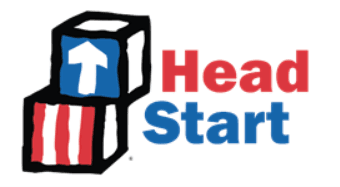Head Start Program
Overview
Head Start and Early Head Start programs promote school readiness for economically disadvantaged children by enhancing their social and cognitive development through the provision of educational, health, nutritional, social and other services. Head Start programs serve children ages 3-5 and their families. Early Head Start programs serve pregnant women and children birth to 3 and their families. The federal Office of Head Start (OHS) provides grants to operate both Head Start and Early Head Start programs directly to public and private agencies in Nevada. Programs engage parents in their children's learning and help them in making progress toward their educational, literacy and employment goals. Significant emphasis is placed on the involvement of parents in the administration of local Head Start programs.
